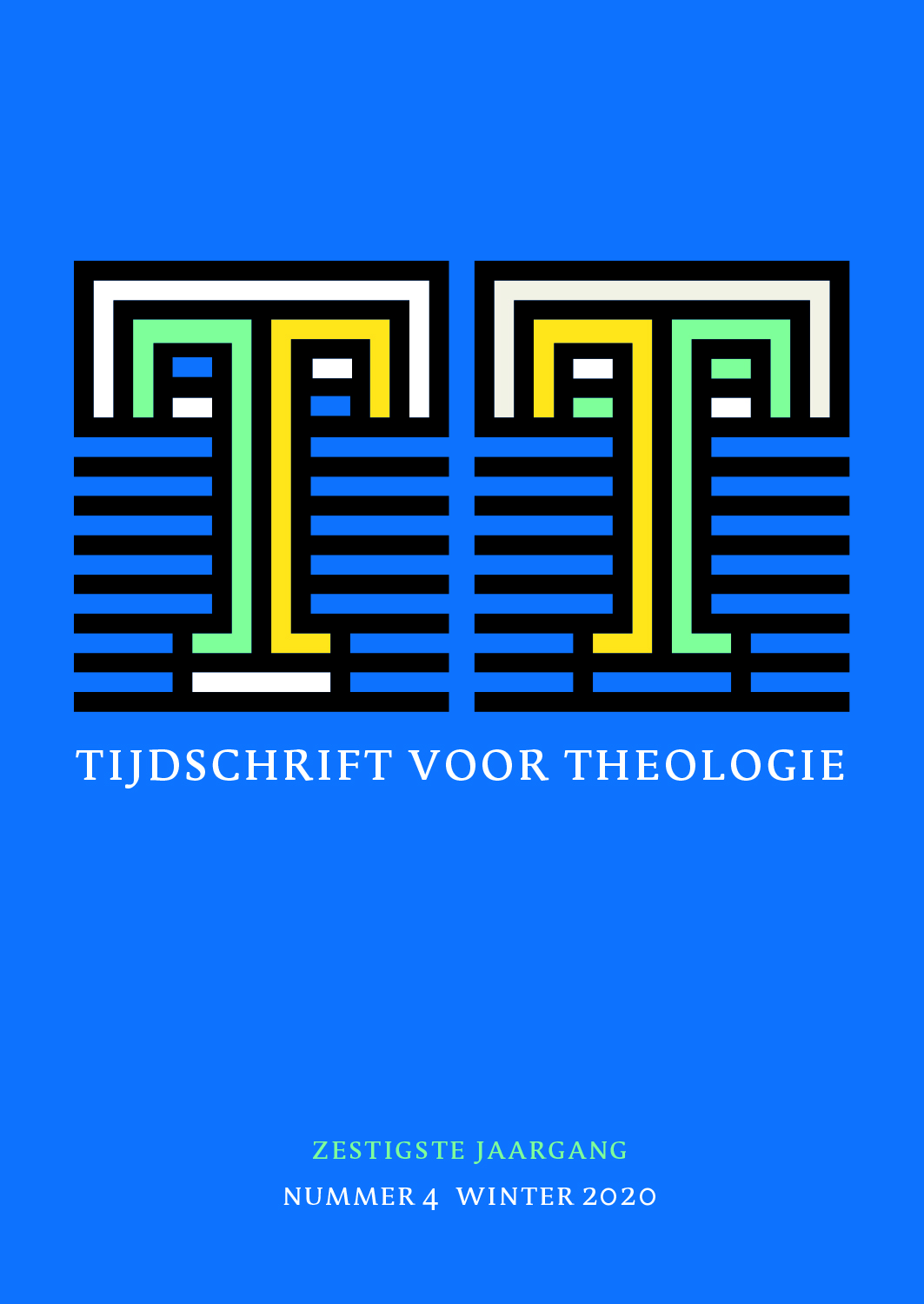 previous article in this issue previous article in this issue | next article in this issue  |

|
Document Details : Title: Bestemming en contemplatie Subtitle: Een spirituele lezing van het dagelijks leven Author(s): SPEELMAN, Willem Marie Journal: Tijdschrift voor Theologie Volume: 48 Issue: 2 Date: 2008 Pages: 164-181 DOI: 10.2143/TVT.48.2.3203493 Abstract : In a recent discussion, new theology is presented as the communication of the experience of the Divine in our daily lives. In the minor Christian Spirituality in Daily Life of the Faculty of catholic theology the author has been working on a method to read daily practices spiritually, so that traces of divine presence may be highlighted. The students describe a practice in their lives and subsequently read their own stories spiritually. Thus they are becoming aware of the spirituality playing a role in their lives. The method presented makes use of the narrative analysis of the semiotics of the Paris School. The spiritual method aims at the realization of meaning in human life, and therefore follows the trajectory of the lectio divina. New is that the read text is a self-written story of a living practice. In the narrative description every practice has a destination. The spirituality of living practice presents itself as the destination of that practice and the value that is being realized. It may be expected that every practice in a particular life, however seemingly insignificant, is somehow related to that same final destination. The spiritual reading may help to gain insight in this destination and to increase the skill to participate in it. Spirituality may be considered as the orientation of life. Our living practices are related to this orientation. And our living, feeding, communicating, clothing, traveling and working are topoi of spirituality. These practices give our life form as a valuable life. The reading forms the first step in the spiritual reflection of the practice. It brings the reader in contact with the destination of that practice. Moreover, the reading itself is the first realization of the values, especially when they are received by the reader’s bodilyness. The body feels the destination and follows the story. But the full execution of the text is the repeated realization of its values. In this realization the text itself is active. Thus, we not only perform the text, but the text works in us too and we become cooperators with it. Then work has become a celebration. And celebrating our work, we become witnesses of our living practice. |
|
